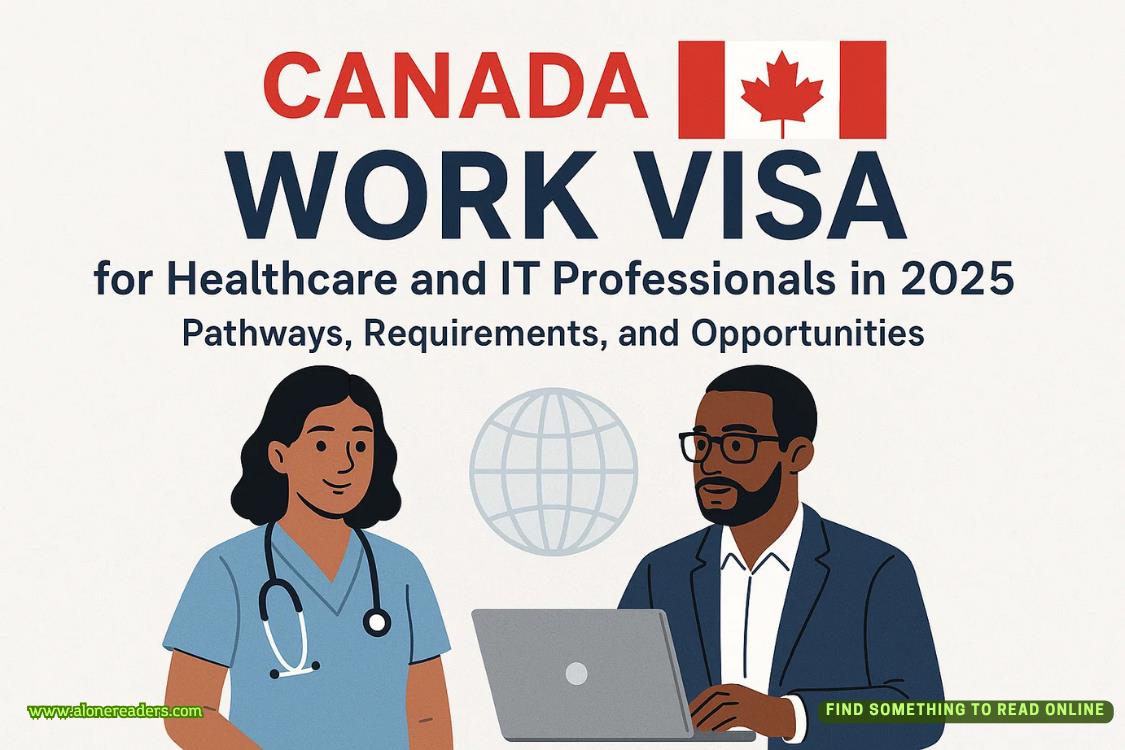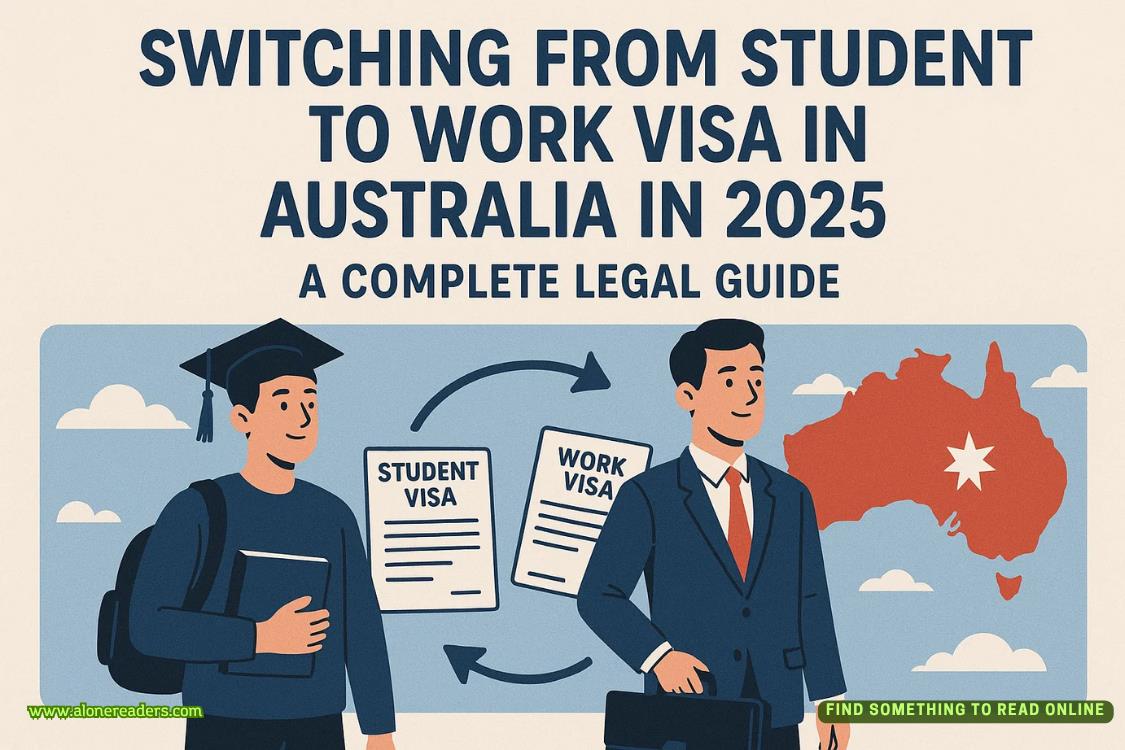Page 33 of Nobody's Fool
“Yes.”
“Just one week before Nicole’s murder—and the day after you sent the text about putting a bullet in her brain?”
“Yes.”
“A gun—a Walther PPK, to be exact—that was dumped far away from your home and in a way that no one could trace it to you?”
For the first time, Tad Grayson smiles. “Oh, that’s not true.”
“What’s not true?”
“You said ‘no one could trace’ the gun to me.” His smile, his smile with tiny Tic-Tac teeth, grows. “And yet, somehow the police were able to do just that. Odd, don’t you think?”
So we are there now. The two of us. Standing at the precipice.
“Somehow,” Tad continues, “the police were able to find the gun and figure out that I was the owner of the gun, even though I, as you put it, wore a disguise and covered my tracks.”
I had heard his explanation for all this before. His ridiculous story was that the timing was just a coincidence, that he’d planned on buying a weapon this way (illegally) for months because he was already a convicted felon and New Jersey’s strict gun laws wouldn’t let him assert what he saw as his constitutional right to bear arms. And yes, sending a life-threatening text to Nicole was admittedly wrong and appalling, but perhaps the idea to send it had been subconsciouslyplanted in his brain because he was on his way to buy a gun. When he sent the threatening text, he was, in fact, gassing up his car for his trip across state lines to buy the Walther PPK. So that explains it somehow.
Yes, that was his ridiculous defense.
Needless to say, the jury didn’t buy it.
“If we do nothing,” Tad Grayson says to me, “we know the outcome: The killer stays out of prison. There is never justice for… for her. Or you. Or perhaps me. If we investigate, there are three possibilities: One, nothing changes. Two, you gather enough new evidence to convict someone. Or three, you find enough new evidence to convict me.” He tries to meet my eye again, but I’m not in the mood. I step back. “Either way, I don’t see the big risk to you.”
“The risk,” I say, “is that I’ll have to be in the same room with you.”
Neumeier doesn’t like that. “Is that a threat?”
Arthur: “It most certainly wasn’t. My client is understandably disgusted by the idea of being in the same room with the man who murdered his fiancée and was just released on a technicality.”
“It wasn’t a technicality,” Neumeier counters. “The court found that most of the evidence against Mr. Grayson collected by the police, including former detective Kierce, was gathered in violation of a constitutional right.”
“That was not what was proven,” Arthur countered. “The case you presented was the flip side of guilt by association. Detective Kierce has been accused of police impropriety in a specific situation—therefore, you claimed, he is guilty of impropriety in every case he handled. The court’s decision was unconscionable.”
Kelly Neumeier is getting pissed. “Are you serious, Arthur? Need I remind you that you’re still only a junior partner—”
I’ve had enough. I interrupt with a forceful: “Are we done here?”
No one knows how to respond.
“Tell you what,” I say to them. Then I look directly at the scraps of a man that used to be Tad Grayson. “If you come up with some kind of evidence that points to someone other than you, I’ll listen. Until then, fuck all the way off.”
Arthur follows me to the elevator. He presses the down button and waits for me.
“Thanks for that,” I say to him.
Arthur nods. Something crosses his face.
“What?” I ask.
“Don’t bite my head off.”
“Go on.”
“I kinda believe him.”
“Psychopaths are good liars,” I tell him.















